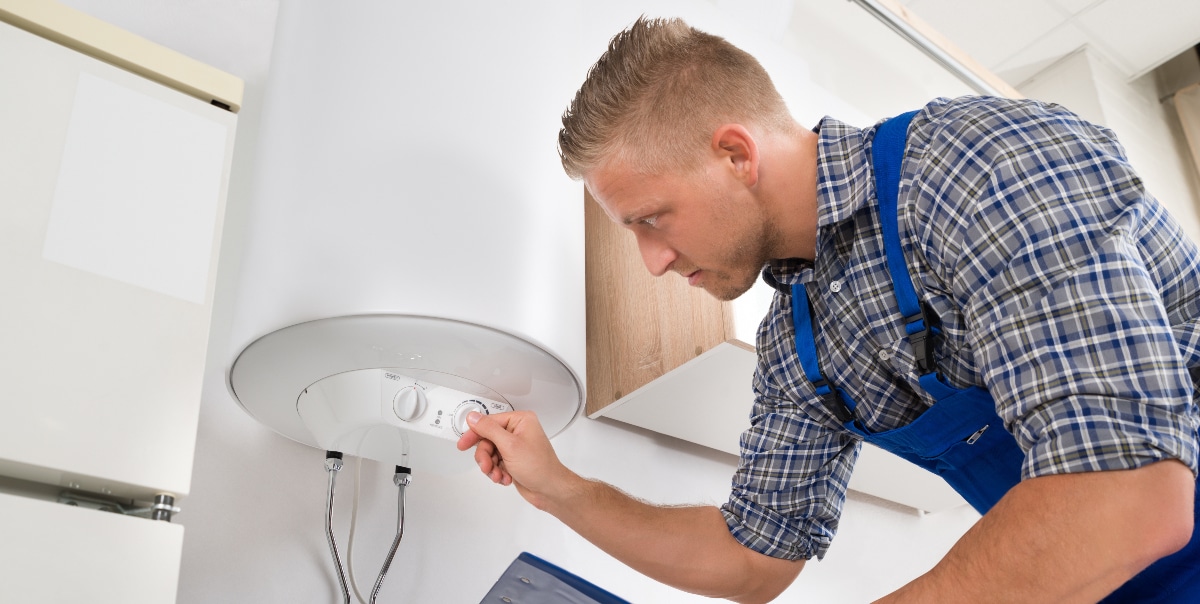Almost everyone maintains their personal opinion on the subject of How to Maintain a Hot Water Heater in a Few Simple Steps.

Warm water is vital for daily comfort, whether it's for a revitalizing shower or washing dishes. To ensure your warm water system runs efficiently and lasts longer, normal upkeep is essential. This short article supplies useful tips and understandings on exactly how to preserve your home's hot water system to stay clear of interruptions and costly repair work.
Intro
Maintaining your home's hot water system could seem daunting, but with a couple of straightforward actions, you can ensure it runs efficiently for many years to come. This overview covers everything from recognizing your hot water system to do it yourself maintenance tips and understanding when to hire specialist assistance.
Relevance of Preserving Your Warm Water System
Routine maintenance not just extends the life-span of your hot water system however also ensures it runs effectively. Disregarding maintenance can cause decreased effectiveness, greater energy costs, and even early failing of the system.
Indications Your Warm Water System Demands Maintenance
Recognizing when your hot water system requires focus can avoid significant concerns. Look out for indications such as inconsistent water temperature, odd sounds from the heater, or rustic water.
Recognizing Your Warm Water System
Before diving right into upkeep tasks, it's valuable to recognize the standard components of your hot water system. Typically, this includes the water heater itself, pipes, anode poles, and temperature level controls.
Monthly Maintenance Tasks
Regular month-to-month checks can aid catch minor problems before they intensify.
Flushing the Water Heater
Flushing your hot water heater eliminates sediment build-up, enhancing performance and prolonging its life.
Checking and Replacing Anode Rods
Anode rods avoid rust inside the storage tank. Checking and changing them when broken is important.
Checking and Readjusting Temperature Level Setups
Readjusting the temperature level setups guarantees ideal performance and safety.
DIY Tips for Maintenance
You can perform several maintenance tasks yourself to keep your hot water system in leading problem.
Looking for Leakages
Regularly inspect pipelines and links for leakages, as these can result in water damage and higher costs.
Testing Pressure Alleviation Valves
Checking the stress relief valve ensures it functions appropriately and prevents too much stress accumulation.
Insulating Pipes
Shielding warm water pipelines minimizes heat loss and can save power.
When to Call an Expert
While DIY maintenance is beneficial, some issues call for expert competence.
Complex Issues Calling For Expert Help
Examples consist of major leaks, electric problems, or if your hot water heater is consistently underperforming.
Regular Expert Maintenance Perks
Professional upkeep can include thorough inspections, tune-ups, and making sure compliance with safety and security requirements.
Conclusion
Normal maintenance of your home's hot water system is crucial for effectiveness, long life, and expense financial savings. By complying with these tips and recognizing when to seek specialist assistance, you can ensure a trustworthy supply of hot water without unforeseen disruptions.
Water Heater Maintenance Tips
Test the TPR Valve
Shut off the power and the cold-water supply valve. Place a bucket under the pipe connected to the temperature-pressure-release (TPR) valve on the top or side of the tank. (This valve opens if the tank pressure gets too high.) Lift the valve’s tab to let some water out, then let go. If water keeps flowing, drain the tank partway, unscrew the old valve with a pipe wrench, and install a new one. Check the Anode Rod
Put a hose to the tank’s drain cock and let out a few gallons of water. Now fit a 1 1/16-inch socket onto the rod’s hex head on top of the heater (or under its top plate) and unscrew the rod. If it’s less than ½ inch thick or coated with calcium, buy a new one, wrap its threads with Teflon tape, put it back in the tank, and tighten securely. Use this segmented rod if headroom above the tank is limited. Drain the Tank and Wash Out Sediment
Drain the remaining water in the tank into the bucket, then stir up the sediment on the tank’s bottom by briefly opening the cold-water supply valve. Drain and repeat until clean water comes out of the hose. Close the drain cock, refill the tank, and turn its power back on. Adjust the Temperature
Find the temperature dial on the side of the tank and unscrew its cover. Adjust the dial to 120 degrees using a flathead screwdriver. For every 10 degrees the temperature is lowered, you can expect to save up to 5 percent in energy costs. Turn the water heater off or the thermostat down to its lowest setting if you plan to be away from home for more than three days. Insulate the Pipes
Buy some self-sticking 3/8-inch-thick foam pipe insulation that matches the pipes’ diameter. Slide the foam over the hot-and cold-water pipes as far as you can reach. Insulating the cold-water pipe prevents condensation in summer. Peel the tape and squeeze the insulation closed. If the pipe is 6 inches or less from the flue, cover it with 1-inch-thick unfaced fiberglass pipe wrap. https://www.thisoldhouse.com/plumbing/21016402/how-to-maintain-a-water-heater

I found that blog posting about How to Maintain a Hot Water Heater in a Few Simple Steps while browsing on the web. Don't hesitate to take the opportunity to promote this content if you enjoyed reading it. Kudos for your time. Kindly pay a visit to our blog back soon.
Free Estimate